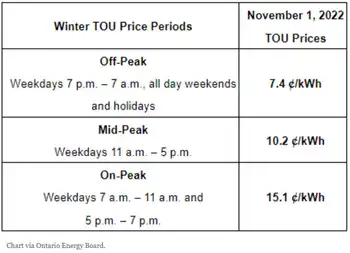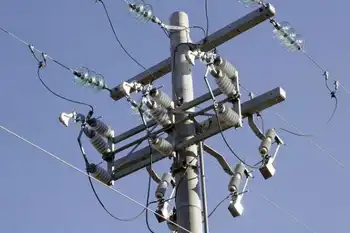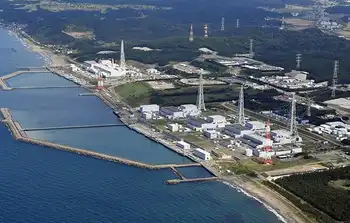Report surveys Four Corners air quality
By Associated Press
Substation Relay Protection Training
Our customized live online or in‑person group training can be delivered to your staff at your location.

- Live Online
- 12 hours Instructor-led
- Group Training Available
The air quality modeling study was prepared for the New Mexico Environment Department as part of a long-term effort to inventory pollution sources and develop strategies for managing the region's air quality.
Environmentalists pointed to the report as evidence that the region — where New Mexico, Arizona, Colorado and Utah meet — should focus on trimming emissions and developing renewable energy sources if it wants to continue to meet federal air quality standards.
"This report confirms that dirty energy is taking a dangerous toll on clean air and public health in the Four Corners," said Jeremy Nichols, director of WildEarth Guardians' climate and energy program.
The report shows that power plants and oil and gas operations account for most of the region's ozone causing pollution. Ozone, the primary component of smog, can irritate the respiratory system, reduce lung capacity and aggravate asthma. It's formed when nitrogen oxides and volatile organic compounds react with sunlight.
While northwestern New Mexico has been on the verge of exceeding the federal ozone standard of 0.075 parts per millions, ozone levels have been exceptionally low so far this year, said Josephine Ball, quality assurance manager with the Environment Department's Air Quality Bureau.
Cooler temperatures and moist weather have played a role keeping the levels in check, and Ball said there's anecdotal evidence that less industrial activity in the region may have resulted in fewer pollutants being emitted.
The report also considered five scenarios for improving the region's air quality, including controlling nitrogen oxide and sulfur dioxide emissions from coal-fired power plants and limiting nitrogen oxide and volatile organic compound emissions from oil and gas operations.
The most promising scenario — a combination of limiting emissions from both the power plants and oil and gas — would reduce the ozone level by 5 to 10 ppm depending on the time of year, according to the report.
The Air Quality Bureau recently proposed changing New Mexico regulations in an effort to meet the federal ozone standard. The proposals include requiring operators to reduce emissions from compressor engines and other equipment at oil and natural gas well sites.











